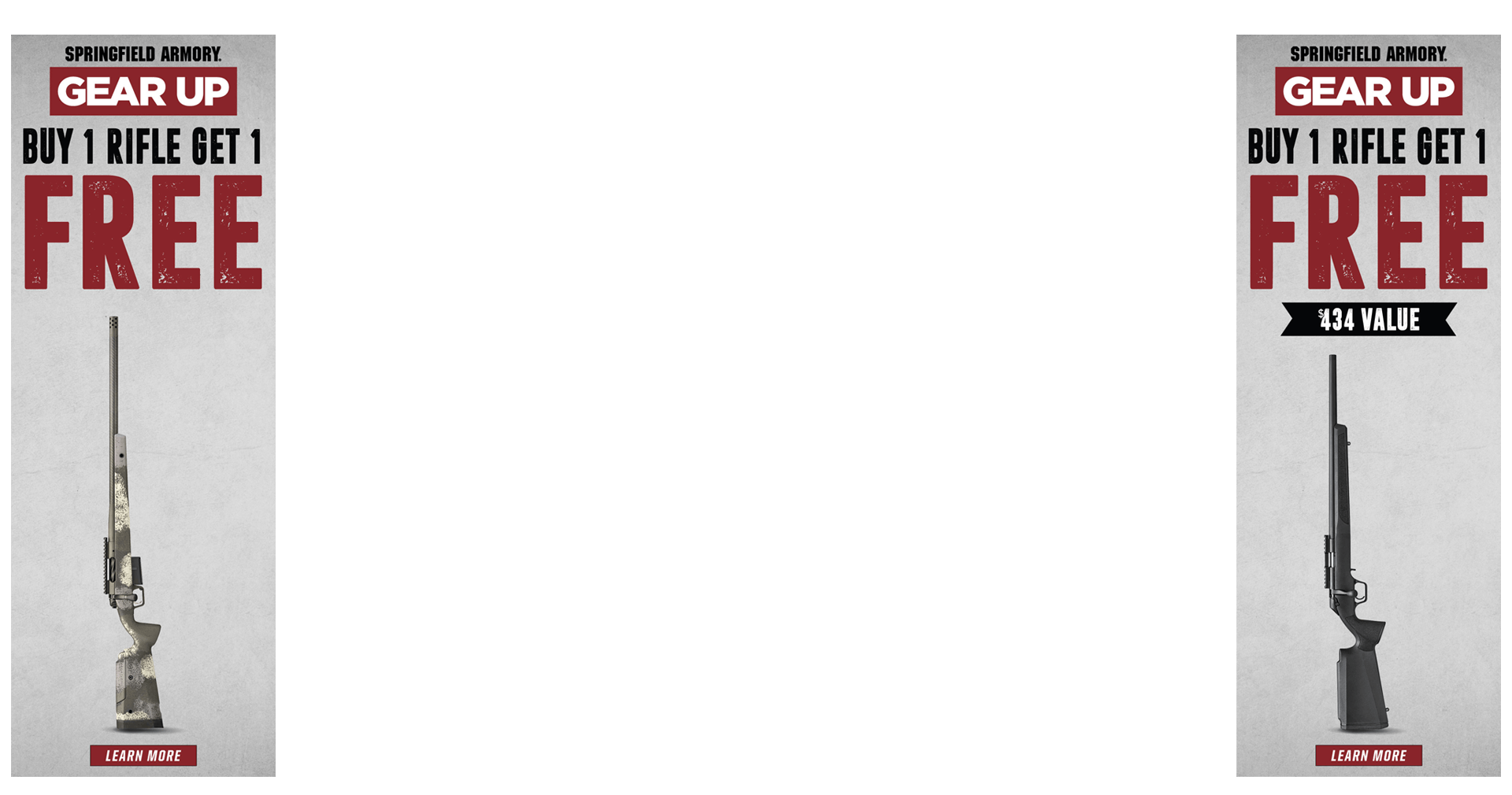
Too much jump/pressure 300 WSM
I’m not a reloading expert and only load for accuracy don’t give (2) shits about speed. I load to the length my rifle likes and then learn dope of the load by shooting. I do use a book/net for charge parameter.. I’ve been recently questioned on a rifle of mine. Logic vs what the rifle is telling...

Seating Depth is this too much?
I’m new to reloading any advice would help. 6.5 Creedmoor 140g Nosler, using H4350 up to 40.8g. Am I just asking for pressure issues seating the bullet this deep?

What seating depth is actually doing...actual node or just pass/fail?
Not sure where to begin...but jump testing is something we all see a lot, and it typically the discussion goes back to bullet timing/barrel vibrations/etc...along those lines. one thing that has always hung in my mind is "forgiving" bullets...how are bullets "forgiving" if the whole idea of...


